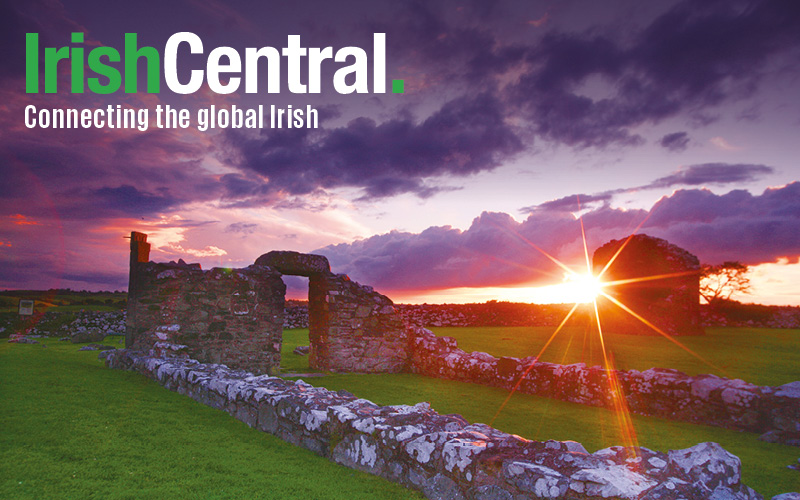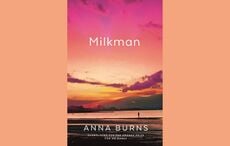There has been a huge surge in popularity in Sean Nos dance in Ireland in recent times, partly due to it’s exposure on TV and also its accessibility. It is easy to do and easy to learn, and crucially, requires less consumption of Gatorade, Lucozade or Red Bull than the highly charged Riverdance or ‘competitive style’ of Irish dance that is already popular all over the world. Sean Nos dance was essentially invented in Ireland when the first person who couldn’t dance got out of their seat and started moving to the music. It could have been a selection of reels, or a selection of jigs, we’re not sure, but we do know that it was definitely before the Cadbury’s selection box was ever invented.
So what does ‘Sean Nos’ mean? ‘Sean’ is the Irish language (Gaeilge) word for ‘old’: not to be confused with the name ‘Seán’, where there is a seimhiu (accent) over the letter A. Of course banks and airlines don’t like seimhiu’s, accents or apostrophes, so they are often omitted. ‘Sean’ rhymes with ‘man’ and Seán’ rhymes with ‘yawn’. You are well on your way to being fluent in Gaeilge by now. Lesson 2: ‘Nós’ means ‘way’ in Gaeilge. ‘Nos’ rhymes with ‘close’. For clarity the seimhiu is often omitted, as thankfully there is no other word in Gaeilge that it could possibly be confused with. So there you have it: Sean Nos Dance. It is called ‘old way’ because it has been kept free of the complex restrictions on form, and paradoxically the drive for technical innovation, that is associated with the contemporary competition-based Irish step dance style. In sean nos dance there are no rules: there is no right and left, no right and wrong, anything goes.
But of course style is important. Subtlety, coolness, passion, infused with a mixture of savvy and nuance are traits of the present-day sean nos dancer. I think I’ve lost you now. Ok, let’s not over-complicate matters: Sean Nos dance is a unique Irish way of moving to the music in a fun, relaxed and exciting way. It is energy-conserving, but in no way could be described as conservative. Sean Nos dance could be regarded as a solo form of set dancing, the popular group dance style where you do not necessarily get up on your toes, and you certainly don’t lift your legs all the way!
Prior to Riverdance, Sean Nos dance was the only authentic Irish dance form where it was ok to move your hips. Some purists would say it is still the only authentic Irish dance form where it is ok to move your hips. Sean Nos Dance is typically more emotionally expressive than the armless, restricted forms of solo Irish dance that are promoted and preserved by The Irish Dancing Commission (CLRG) and other competition-led organizations. In fact, when CLRG, the oldest and largest Irish dancing organization in the world, was given independent status in 1928 and charged with reviving Irish dance, they did not really look at sean nos dance.
Sean Nos dance thrived mainly on the west coast of Ireland among Cromwell’s punished people, devoid of influence from Victorian values and political correctness.
While the set dancing revival happened in the 1980’s in Ireland, and quickly spread across Irish communities around the globe, sean nos dance remained relatively undiscovered until more recent times. One of the most popular exposés of sean nos style can be seen in the brush dance: this party piece exploded in popularity in the last 5 years. It has become part of the act to work up into a frenzy and swing your legs around the brush as the finale.
The three most striking differences between Irish step dancing and Sean Nos Dance, are the looser body stance, the keeping of the feet closer to the floor, and the longer length of the dance. Looser, closer, and longer: Where would you find that anywhere else?!!
Want to check out a sean nos workshop in New York City?
New Sean-Nos Dance Workshop
Sunday Nov. 2, 4pm-6pm,
with Niall O'Leary
at O'Lunney's 145 W. 45th Street, (between 6th and 7th Avenues) Manhattan
Tickets are $20
Wear comfortable clothing, and any shoes that you can strike the floor with. Niall O'Leary is best known for high-energy percussive Irish dance, as well as hopping, leaping and jumping, this is something totally different: No hopping, leaping or jumping: simple footwork patterns involving stepping, striking, bouncing, sliding and kicking.




Comments